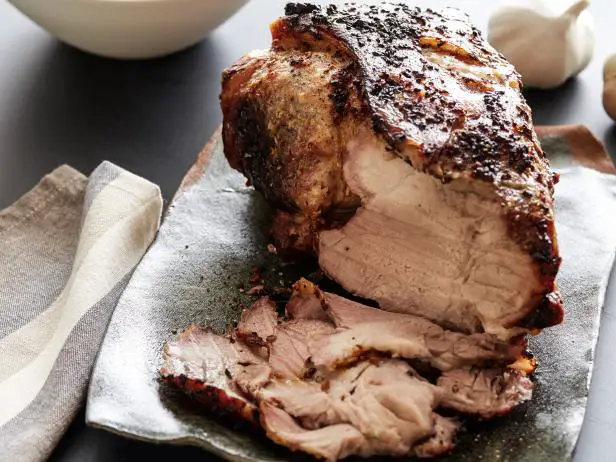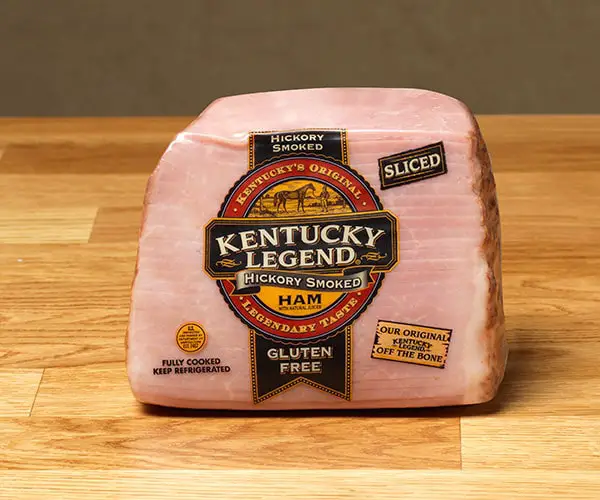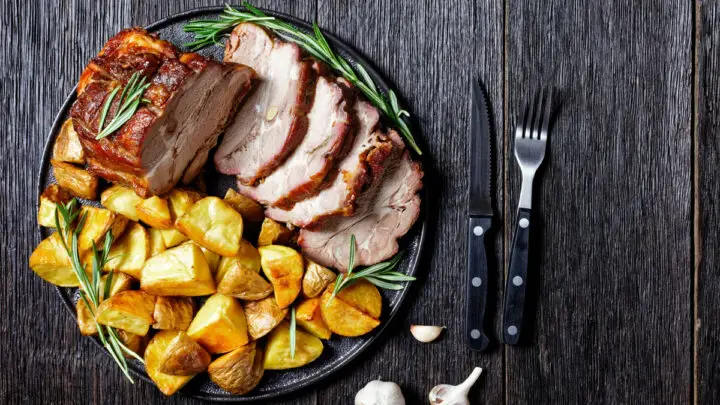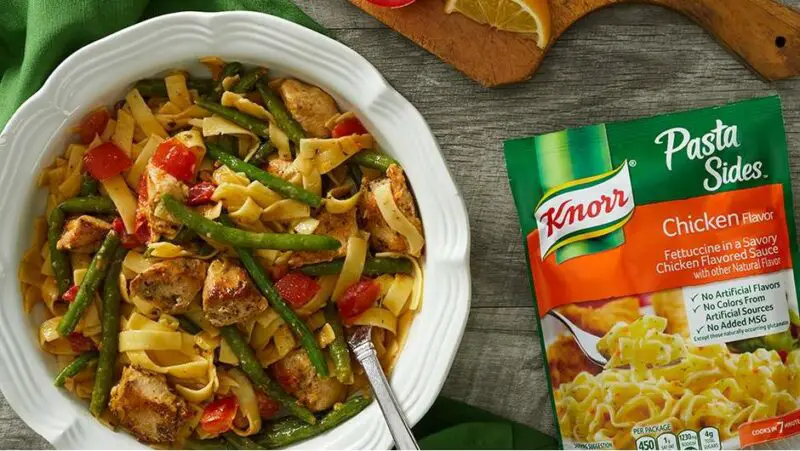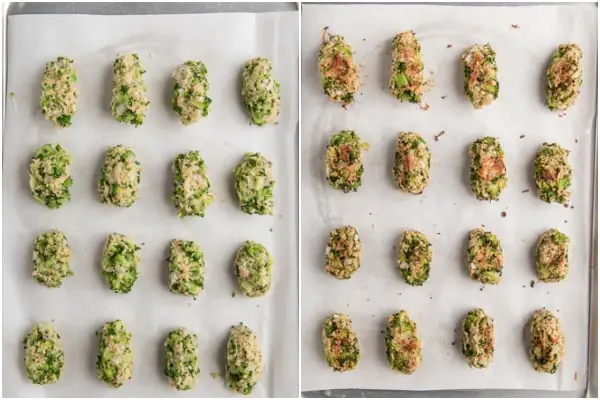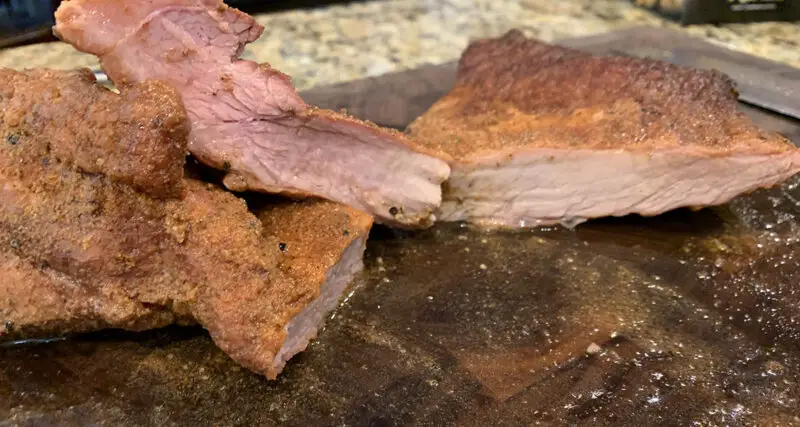Cooking a 10-pound pork shoulder in the oven can seem daunting, but with proper preparation and temperature monitoring, it will become a breeze. Knowing how long to cook the meat is crucial to avoid serving undercooked or overcooked pork which is neither safe to consume nor tasty. In this article, we discuss various factors that influence cooking time and provide a detailed step-by-step guide.
What Influences Cooking Time of Pork Shoulder?
- Size: Bigger pieces of meat take longer to cook than smaller ones
- Shape: The shape of the pork shoulder determines how uniformly it cooks. Rounder cuts tend to cook more evenly so less frequent checks are needed.
- Internal Temperature: Pork should reach an internal temperature of at least 145°F (for slices). For roasts like pork shoulders or ham, they should reach an internal temperature range from 195°F to 203°F.
- Oven type/model: Different ovens have varying heat speed rates, which affect cooking times.
Preparing the Pork and Oven
To prepare the meat for baking:
- Remove any visible fat on the surface.
- Season generously with dry rub-spices such as cumin and paprika.
- Place the seasoned shoulder in a baking pan, with fatty side up for juicier results.
For even heating, preheat your oven to 350°F about 30 minutes before placing your pork in it.
Note that using a thermometer is critically important when attempting larger cuts of meats such as the 10-pound pork shoulder entailed by this article.What makes using a thermometer imperative is that cooking based on time alone could result in over or undercooked meals even sausage products are not exempted from this procedure.
There are digital instant-read thermometers available today; that being said if you’re still clinging onto an old-school device that takes longer reading then here’s what you do;
Push your analog thermometer into the meat close to the center before cooking. Make sure not to touch any bone. Leave it until you think the pork is about ready then take it out and look at the temperature reading accordingly.
Step-by-step Guide: Baking a 10 Pound Pork Shoulder
Cooking time for a 10 pound pork shoulder in the oven, whether bone-in or not, is decidedly an extensive process but doable.
What You’ll Need:
- Oven
- Baking pan
- Meat thermometer/instant-read thermometers
- Dry rub spice of your choice
Steps:
- Begin by preheating your oven (as explained above).
- Season generously with dry rub spices such as paprika and cumin.
- Place a roasting rack onto your baking pan this will hold the pork while allowing air flow.
- Turn on the gas stove,and sear the sides of your meat for about 5 minutes each side . This isn’t mandatory either but helps in achieving that brown crispy crust on our patio conventions .
- Pat dry with paper towels and place onto prepared roasting rack.Pour cooking liquids if desired at this point.
- Once this roast has started cooking,start basting it every hour.This helps to keep it moist all around and flavors are coated evenly on its surface. 7.Once the roast reaches an internal temperature of about 195°F and 203°F,freshly baked aroma permeates from your kitchen filling your house.Let sit undisturbed for another half hour . This resting period allows juices to redistribute themselves leaving a better base flavor to cut into while also making it easy carve uniform slices.
Checking Internal Temperature
Using an instant-read thermometer, check various parts of your cooked meat.Watching out not to come close enough so as not burn off any skin you can wrap some tinfoil around sections nearing over-cook . This stage highlights where different parts have reached a well-cooked stage or not .
For larger cuts of meat like pork shoulders, they should reach an internal temperature in the range from 195°F to 203°F. Anything lower than this is unacceptable. If you do find that your meat hasn’t reached this temperature in a certain part yet, it’s okay to recook just that area for an additional few minutes.
Resting and Serving
Once done cooking, let your meat rest for 30 minutes before serving this allows the juices inside to redistribute themselves.
Serving suggestions and recipe ideas:
- Serve with mashed potatoes and roasted vegetables.
- Make pulled pork sandwiches
- Paired with fresh and tangy coleslaw
Troubleshooting Tips
Pork shreds yield delicious family meals but without proper attention paid theirs plenty of ways we could mess up the meal.Follow these tips for mouth-watering pulled pork :
- Meat drying out: Baste every hour as described above.
- Cracking skin: Apply oil regularly throughout the cook.
- Overcooking/undercooking: Use thermometers appropriately checking frequently while maintaining oven temperature(350°F) during cooking .
Conclusion
In conclusion, learning how long to bake a 10-pound pork shoulder in the oven is integral for amazing home made meals . Proper preparation,time measuring tools ,oven temperatures checks affect your final outcome immensely. By following the practices outlined by our guide now you’ll develop confidence whilst creating flawless dishes at home always!!
Q&A
- Q: What is the ideal temperature to cook a 10-pound pork shoulder in the oven? A: The best temperature to cook pork shoulder in the oven is 350°F, and it should take around 4 to 5 hours for it to fully cook.
- Q: Should I cover my pork shoulder while cooking it in the oven? A: Yes, it’s recommended to cover the pork shoulder with foil or a lid while cooking it in the oven. This helps retain moisture and prevent it from drying out.
- Q: How can I tell if my 10-pound pork shoulder is fully cooked? A: You can check if your pork shoulder is fully cooked by inserting a meat thermometer into the thickest part of the meat. The internal temperature should read at least 145°F to ensure safe consumption.
- Q: Can I speed up the cooking time for my 10-pound pork shoulder in the oven? A: It’s not recommended to speed up the cooking time for a large cut of meat like a pork shoulder as slow-cooking allows for even heat distribution and tenderizing of tough cuts. However, you can try using a convection oven or increasing the temperature slightly if needed.
